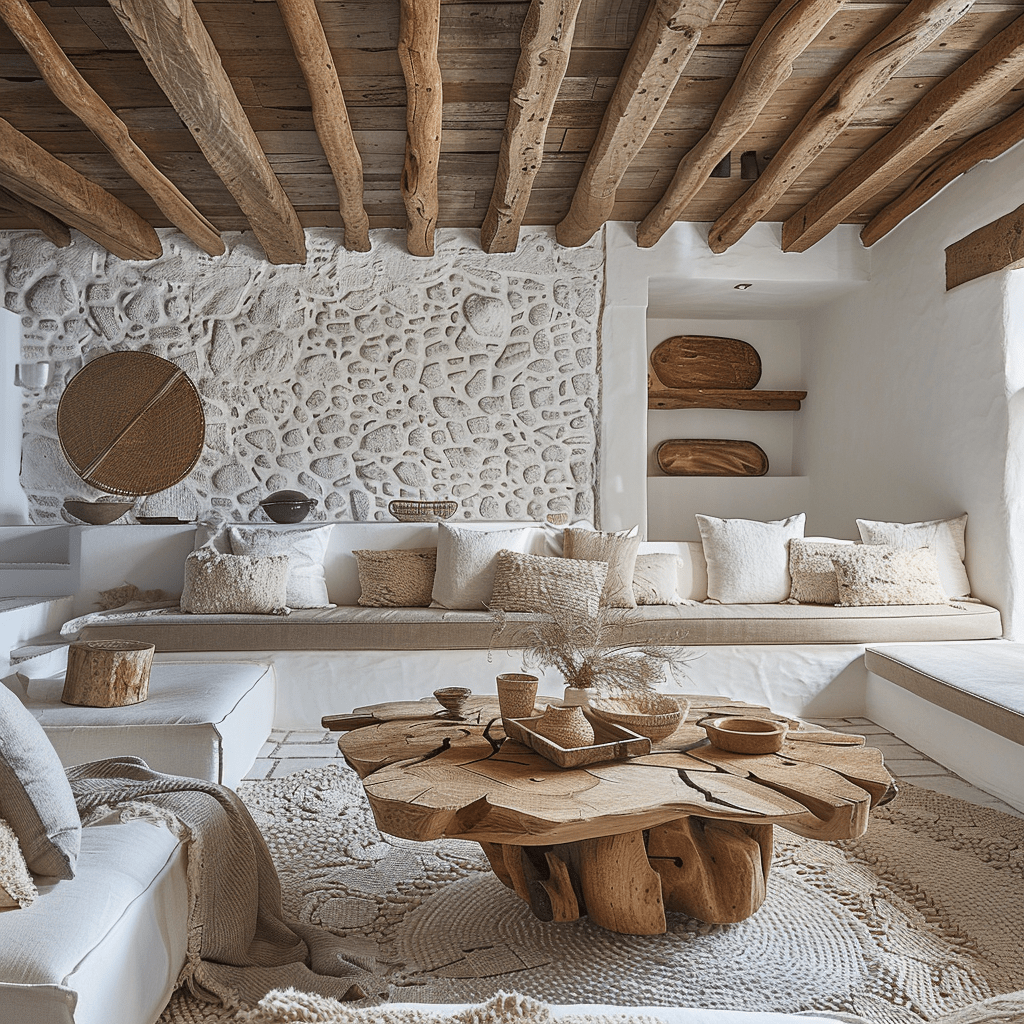Craftsmanship has played a fundamental role in decoration from time immemorial, serving not only as a reflection of a society’s culture and traditions but also as an expression of individual creativity and beauty. This article explores the evolution of craftsmanship and its role in decoration, from its origins to its place in the modern world, highlighting how it has influenced and been shaped by different eras and decorative styles.
Origins and evolution of craftsmanship in decoration
Traditional craftsmanship and its significance
Initially, craftsmanship emerged out of necessity, with objects created to be functional but also aesthetically pleasing. These objects were a direct expression of local culture, made using techniques passed down through generations and locally available materials, reflecting the identity and values of the community.
Transformation and Adaptation over the centuries
Over the centuries, craftsmanship has evolved, adapting to social, economic, and technological changes. The Industrial Revolution marked a turning point, introducing mass production and changing the perception and value of handmade objects. However, movements like the Arts and Crafts in the 19th century reclaimed the beauty and value of craftsmanship, influencing contemporary design and decoration.
Craftsmanship in contemporary decoration

Resurgence and revaluation
In recent decades, there has been a resurgence of interest in craftsmanship in decoration, as a response to mass production and the search for authenticity, sustainability, and originality. Handcrafted objects are valued for their quality, history, and human connection, adding character and warmth to contemporary spaces.
Merging tradition and modernity
Contemporary decoration often incorporates crafts in innovative ways, blending them with modern styles to create unique and personal spaces. Technology and new materials have also enabled the expansion of the possibilities of craftsmanship, creating new forms and expressions.
Cultural and economic impact of craftsmanship
Preservation of Culture and traditional techniques
Craftsmanship plays a crucial role in preserving culture and heritage, keeping traditional techniques alive and passing them on to future generations. By incorporating crafts into decoration, it helps keep these traditions alive and supports artisan communities.
Contribution to sustainable development
Craftsmanship also contributes to sustainable development, promoting the use of local materials and environmentally friendly production techniques. In an increasingly sustainability-conscious world, handcrafted decorative objects offer an ethical and eco-friendly alternative to mass production.
Success Stories and current trends
Examples of successful integration of craftsmanship in modern interiors
Current trends in craft decoration include personalization, a focus on the history and origin of objects, and the mixing of styles and cultures. This points to a future where craftsmanship will continue to be an important source of inspiration and a key element in creating authentic and meaningful spaces.
A bright future for craftsmanship in decoration
Craftsmanship has traveled from the past to the present, demonstrating its ability to adapt and remain relevant in a constantly changing world. In decoration, handcrafted objects bring not only beauty and warmth but also a deep connection to culture, history, and human skills. As we look to the future, it is clear that craftsmanship will continue to play a vital role in enriching our spaces and our lives, merging the best of the past with innovative visions for the future.



